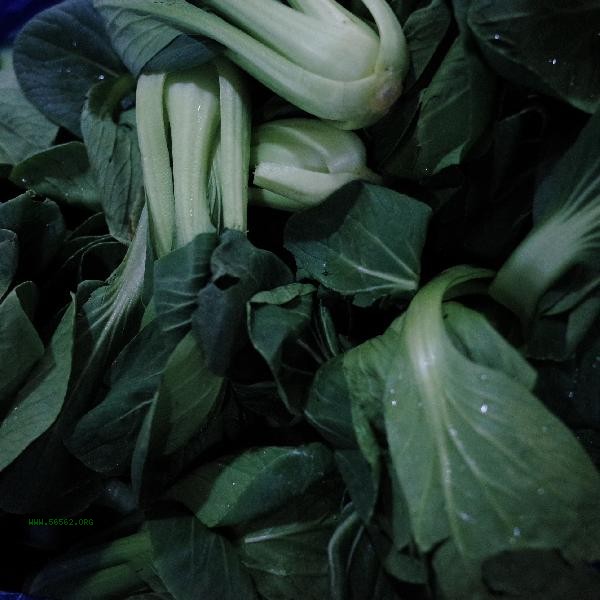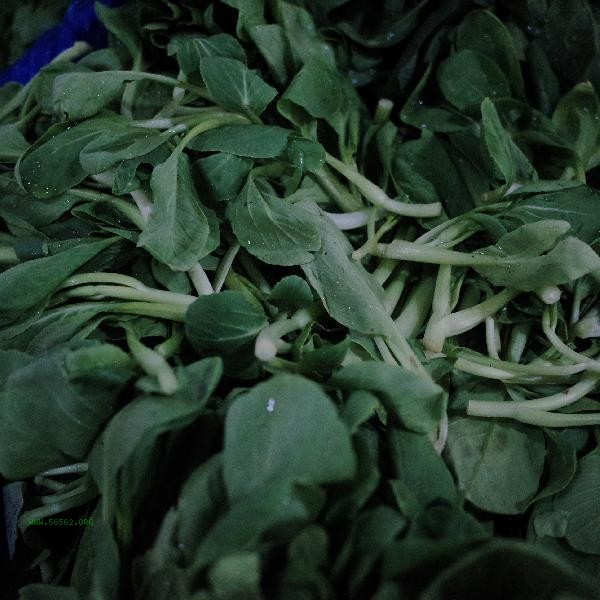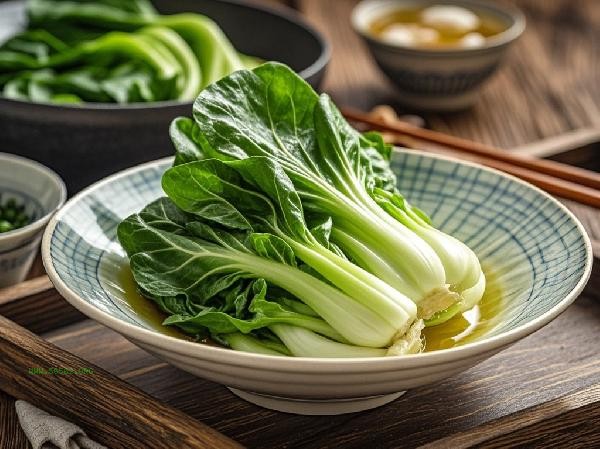Choosing delicious vegetables mainly depends on freshness, variety characteristics, and seasonal adaptability, with key indicators including leaf condition, stem hardness, and color plumpness.

1. Look at the leaves.
Fresh cabbage leaves should be firm without wilting, and the edges should be intact without insect holes. Leaves with natural luster usually have sufficient moisture, so avoid choosing leaves that turn yellow or have brown spots. The leaves of spring bok choy are tender green and spoon shaped, while in winter, after being frostbitten, the leaves of green vegetables will appear dark green and sweeter.
2. Touch the stem.
Press the stem section lightly with your thumb. If it is crispy, tender, and easy to break, it indicates less fiber and better taste. Celery and other stem vegetables should choose straight stems without hollowing, and the stem section of broccoli should be fresh without lignification. The stem of summer water spinach is slightly purple red and more tender than pure green.
3. Appearance
Different varieties have exclusive color codes: Shanghai green should be oil green, spinach should be dark green with purple roots, and chrysanthemum should be yellow green. Avoid excessively bright or white abnormal colors, vegetables grown outdoors have darker colors than those grown in greenhouses.

4. Smell
Fresh vegetables have a refreshing plant fragrance, but when they spoil, they will emit a sour smell. The more prominent the aroma of spicy vegetables such as fennel and coriander, the better the quality. Frozen vegetables will lose their original aroma.
5. Root examination
The fibrous roots of vegetables with roots should be white or light yellow, with short and thick main roots being preferred. The more purple red circles on the roots of chives, the fresher they are. Keeping a small amount of moist soil after harvesting can extend the shelf life.

Wrap and refrigerate leafy vegetables in a fresh-keeping bag as soon as possible after purchase. Storing leafy vegetables upright can delay wilting. Soak first before rinsing with running water during cleaning, and stir fry quickly over high heat to maximize nutrient retention. Choose seasonal vegetables in different seasons, eat more tender sprouts in spring, choose fruits and melons in summer, and focus on roots and stems in autumn and winter. Pay attention to the early morning stocking period in the vegetable market, as vegetables exposed to light in open-air stalls are usually fresher than those on enclosed shelves. Special varieties such as ice bok choy should have natural crystals on the surface, while purple backed okra should have intact fuzz on the back.








Comments (0)
Leave a Comment
No comments yet
Be the first to share your thoughts!